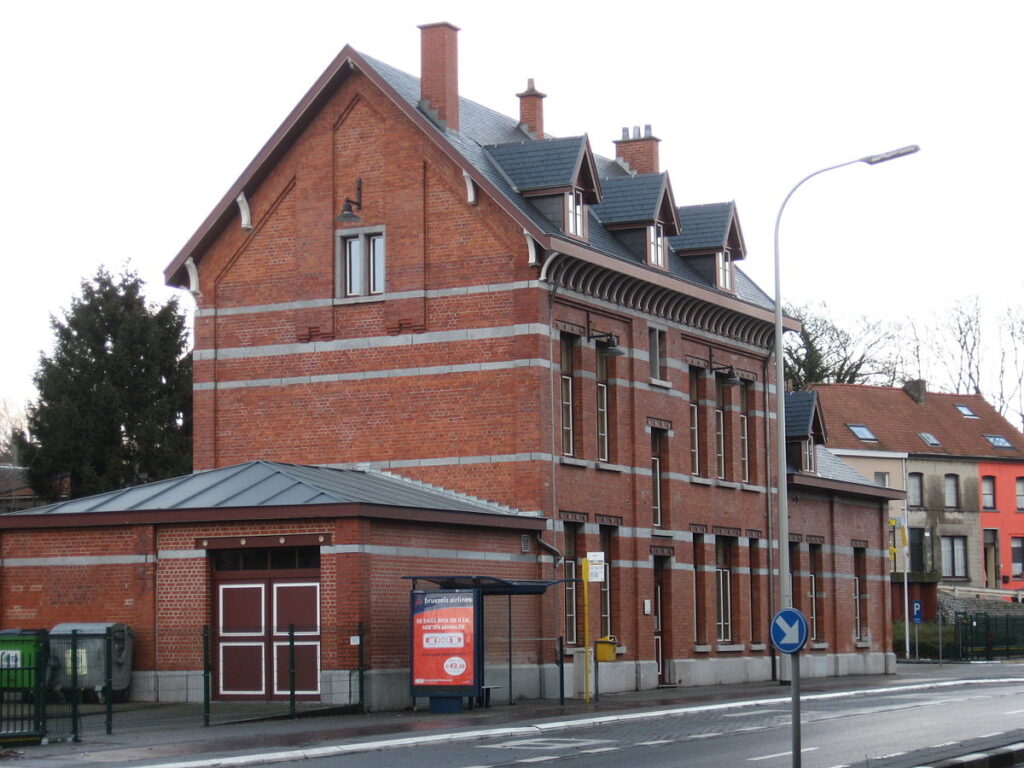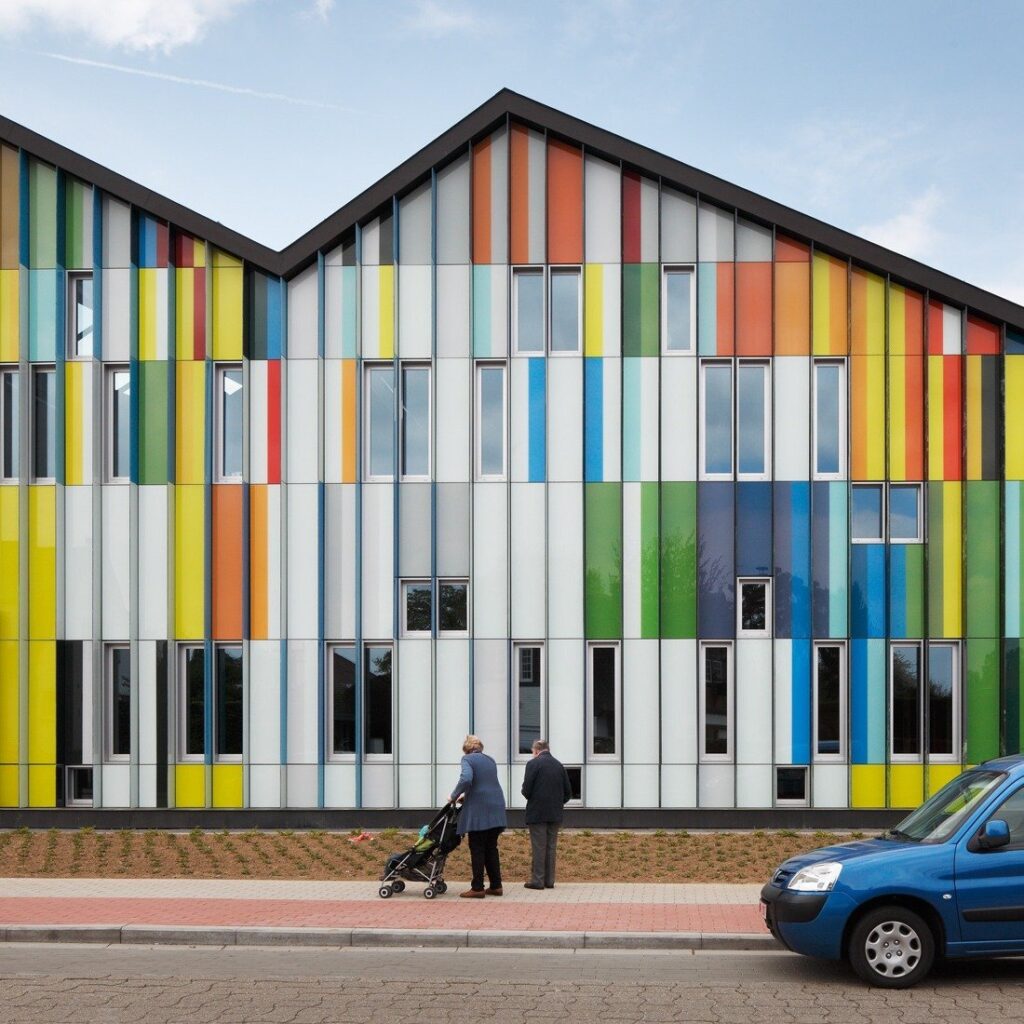Dilbeek is a town and municipality in the Belgian province of Flemish Brabant . Dilbeek is located in the Pajottenland and has grown into the Brussels agglomeration and is consequently highly urbanized . The municipality has an area of 4118 hectares and has more than 43,000 inhabitants. This makes Dilbeek, in terms of population, the third largest municipality in Flemish Brabant (after Leuven and Vilvoorde ).
The Dilbekenaars are nicknamed “Rabbit Fretters”.
When Emperor Charles V unexpectedly visited Dilbeek, everything was quickly prepared in ‘De Gouden Kroon’. Too late the innkeeper realized that he had forgotten the meal. The food menu did show ‘Pig on a spit’, but in reality the local poacher had cleaned out his twelve rabbit noose. The emperor enjoyed the delicious dish until his steward discovered the deception. The innkeeper had to confess and already feared for his life, but the emperor showed mercy. He ordered everyone to call the innkeeper and his fellow villagers from now on Rabbit Fritters. This legend was written in 1957 by Robert Vonck.
Sights
- Castle de Viron : 19th century castle, with integrated calendar, town hall since 1923.
- Sint-Alenatoren : remnant of the 14th century castle of the van Heetvelde family.
- Saint Ambrose’s Church: Gothic, 15th century church with 13th century tower.
- De Kasteelhoeve : designed in the 19th century by architect Cluysenaar for Baron de Viron.
- Koetshuis de Viron : designed in the 19th century by architect Cluysenaar for Baron de Viron.
- The Ice Cellar : belongs to the castle, 19th century.
- The Spanish House: remains of a 16th century farm.
- Het Neerhof: 13th-century farm, then owned by the Abbey of Vorst, now a petting zoo.
- The watermill Sint-Gertrudis-Pede : the only watermill in the Pajottenland that is still grinding. Bought by Dilbeek in 1989, and reopened after a thorough restoration since 2002. The original building dates from 1776. Open meal day every 2nd and 4th Sunday of the month in the afternoon.
- the church of Sint-Anna-Pede that appears in the background of the painting “parable of the blind” by Pieter Brueghel the Elder (work that hangs in the museum of Naples).
- the Bruegel Museum in St. Anna-Pede with 19 large, colourfast and weather-resistant reproductions of landscapes by Pieter Brueghel the Elder, who came to look for inspiration in the region.
- Cultural center Westrand .
- Hof Ter Smissen: at this riding school, outdoor recordings took place regularly for the Flemish soap series Thuis . The demolition works of the riding school started in August 2019. This makes way for new housing units.
- The Mostinckx House in Sint-Martens Bodegem on the Dorpsplein is a mud house. (originally from the 16th century) Until well into the 19th century the mud farms in the Pajottenland were the most common housing and since 2011 the renovated mud house has been a museum ‘ show house ‘, while the brick barn offers space for activities with a tourist character .
Nature
Culture
Cultural center De Westrand is located in the center of Dilbeek . The municipal library is located in the same building.
Events
Since 2004, the Pond Festival has been organized annually in Dilbeek , a free summer festival with pop and rock music, world music, entertainment and world cuisine. The main stage is a floating raft on the park’s pond.
Every Wednesday afternoon there is a market on the Sint-Alenalaan. A farmers market takes place every Saturday morning in the parking lot of the Westrand.
Education
- Groot-Bijgaarden
- Sacred Heart Brother School (primary education, Brothers of the Christian Schools )
- Don Bosco Groot-Bijgaarden (primary and secondary education, Salesians of Don Bosco )
- Dilbeek
- Regina-Caelilyceum (nursery, primary and secondary education, Sisters of Charity of Ghent )
- Sint-Alena school (nursery and primary education)
- Jongslag (primary education, municipal school )
- De Vlinder (nursery and primary education; community education)
- Itterbeek
- ‘t Keperke, municipal school
- Scoopdaal
- The ivy, municipal school (primary education)
- Trip Trap (Kindergarten)
- Sint-Martens-Bodegem
- ‘t Klavertje Vier




